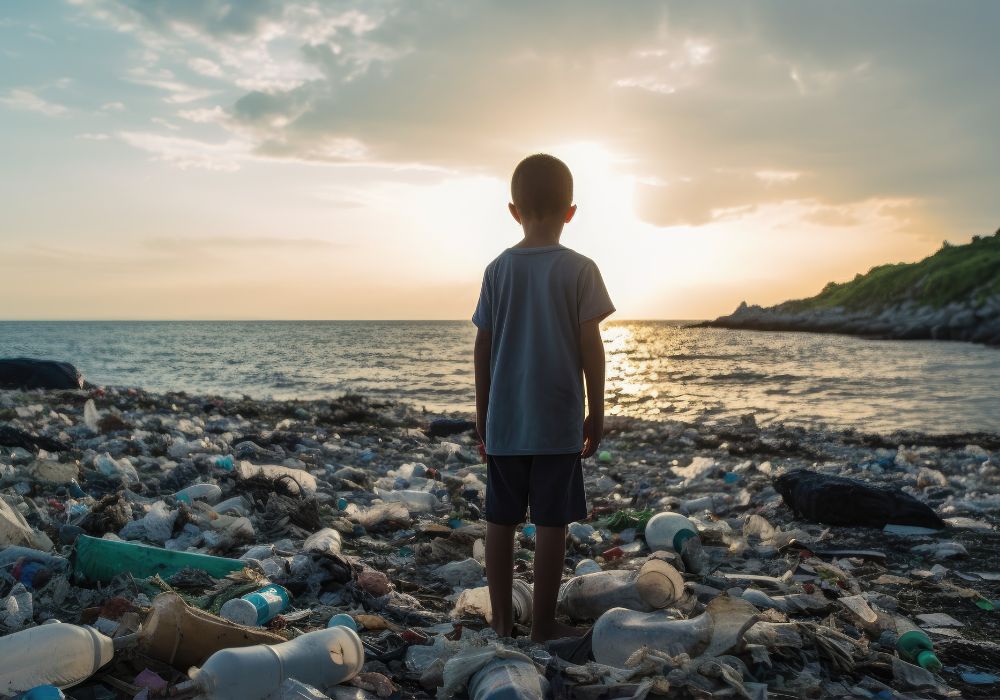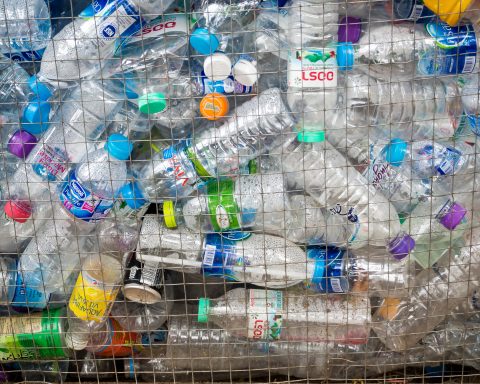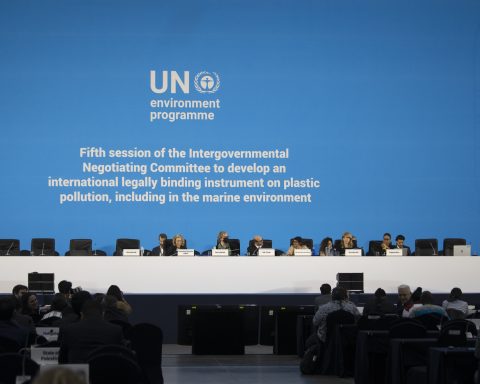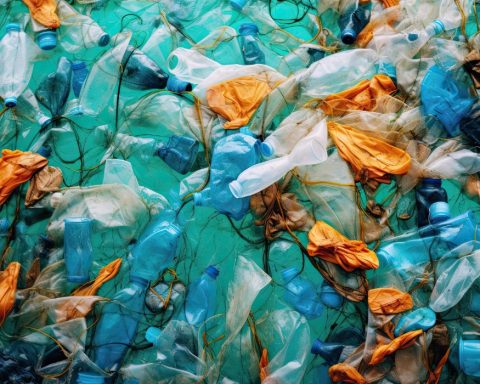The pun-filled headlines have been plentiful.
NPR went with “Plastic Junk: Researchers Find Tiny Particles in Men’s Testicles.” EHN wrote “Microplastics Found in the Testicles of Both Man and Man’s Best Friend” (picking up on the fact that the study in question measured both human and dog samples). Last week, late-night talk show host Stephen Colbert implored his audience to “Recycle your testicles! They can be ground up and made into new soda bottles.”
But though some of the commentary was tongue-in-cheek, the subject matter of the study that provoked the headlines couldn’t have been more serious. In a selection of human testicles from New Mexico, all samples had measurable levels of microplastics, representing 12 different types of plastic. The researchers speculated that the presence of these toxic particles in male reproductive organs might be driving declines in male fertility, which has halved around the world over the past 50 years, with the pace of decline more than doubling since 2000.
Though this study is the first prominent one to find plastic pollution in this most personal and unlikely of locations, it’s only the latest research to find that plastic pollution has become so ubiquitous, so overwhelmingly common, that it’s actually penetrating our own bodies. In the last few years, scientists have found microplastics in human breast milk, human blood and human lungs, to name only a few. In a March 2024 issue of the prestigious New England Journal of Medicine, scientists announced they had detected microplastics clogging the arteries of heart and stroke patients for the first time. And in the new documentary film Plastic People: The Hidden Crisis of Microplastics (which I have the honour of executive producing), we reveal new evidence showing, for the first time, microplastics in the human brain. The researchers behind this groundbreaking work are now investigating possible links between this pollution and diseases such as Alzheimer’s.
For the moment, the problem is getting worse, not better. Late last year, scientists in Hawaii showed that levels of microplastics in human placentas have increased over the past decade: a clear outcome of our society’s accelerating plastic addiction. An incredible 50% of all plastic produced by humans has been created in the past 15 years. Less than 10% of this is recycled, and the vast majority winds up jettisoned into the environment. Over time, bigger pieces of plastic (like disposable water bottles) degrade into tiny particles that are then so light we inhale and ingest them on a minute-by-minute basis.
To put it mildly, this recent but rapidly mounting evidence of a causal connection between plastic pollution and negative impacts on human health is a game changer.
Throughout history, different types of pollution problems have started to be solved only once they were clearly understood to be impinging on our quality of life. That’s why lead was removed from gasoline (it was shown to be harming the brain development of kids). That’s why the government of former prime minister Stephen Harper banned BPA in baby bottles (it’s not a good idea to make baby bottles out of a hormonally active chemical). And that’s why coal plants are being shut down (more smog means more asthma and heart disease).
The same moment of truth is now here for plastic pollution.
Endangered sea turtles are mistakenly eating plastic grocery bags? I’m concerned.
My wife has plastic in her placenta? I have plastic in my testicles? Make it stop.
Unsurprisingly, given that eight out of 10 Canadians support a crackdown on plastic pollution, the federal government has been moving to solve the problem. It banned a number of single-use, easy-to-replace, plastic items and is now constructing a common-sense registry to better track how much plastic is being created and disposed of.
Retailers are also acting. You know something serious is happening when Tim Hortons starts modifying its iconic packaging. I can confirm, from personal experience, that their new cardboard coffee cup lids work very well with my double-double.
The smart play for the plastic industry, now, is to start reducing its risk. This month’s blockbuster testicle headlines are the tip of the iceberg. Rather than stonewalling all new regulation, as Canada’s plastic sector has been, there is plenty of room for the industry to proactively make plastic safer. To do so will require banning the most toxic plastic formulations and reducing surges in production that are swamping efforts to find solutions.
We’re not recycling our way out of this problem. The scientific evidence could not be more clear and worrisome: plastic pollution is a human health hazard and a threat to our future. Hopefully, our self-preservation instinct kicks in any second now.
Rick Smith is executive producer of the new documentary Plastic People: The Hidden Crisis of Microplastics and the co-author of two bestselling books on the human health impacts of pollution. He is also president of the Canadian Climate Institute.







